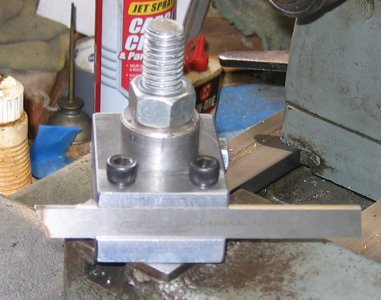I have an Enco 12x36, 1000lb. Parting usually goes OK for me, but I am always adjusting to avoid chatter. Peak rigidity is key. Minimize chuck stickout, use a tailstock live center whenever possible, keep the tool short. Wide blades chatter more due to the higher cutting forces, but thin can snap if going too deep. Tool alignment is important too!
I've found lately that a medium speed, 300-600 rpm, and feeding the tool faster than you think gets the cut done with no chatter. Once chatter starts it is hard to stop since the tool rubs over the ridges from the previous pass and has vibrations induced. Again, a hefty enough feed can help. Also a heavy tapping oil is my go-to for parting.



